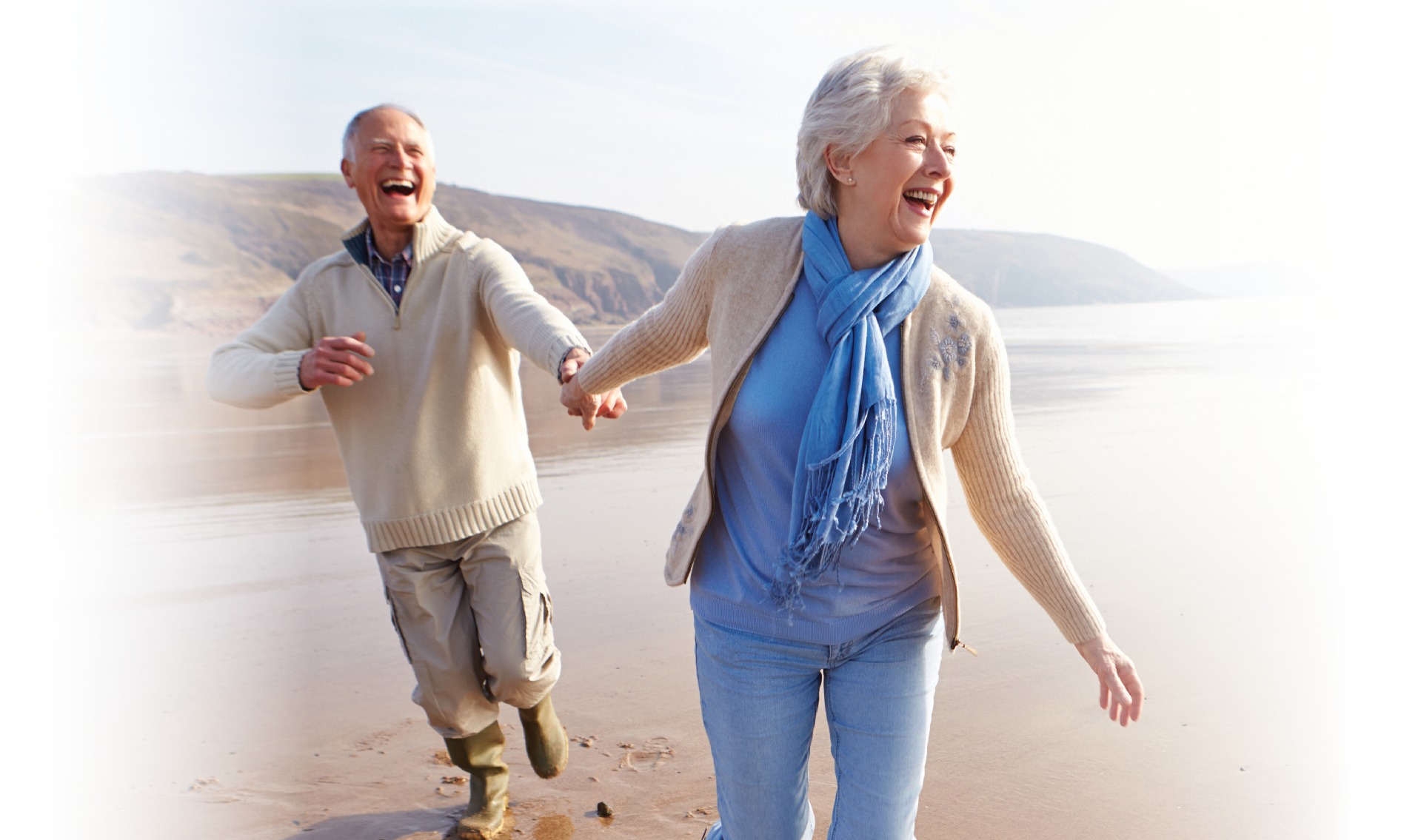
Tara Beecher M.Pharm (read time 1.5mins)
When it comes to looking after your health, most think to lose weight, look after our mental health and watch measurable things like blood pressure and cholesterol levels. Unfortunately, the health of our bones often gets overlooked. Not looking after bone health as a priority in younger years increases the risk of developing low bone density and osteoporosis later in life. In Australia, half of all women and a third of all men over the age of 60 have osteoporosis, a condition where bones become brittle and more likely to break under minimal trauma.
There are some risk factors for developing osteoporosis that can’t be changed such as being female, experiencing menopause, advancing age and a genetic predisposition. However, there are risk factors that we can change such as quitting smoking, excessive alcohol consumption, consuming high levels of caffeine and food high in salt. In each stage of life, there are ways to reduce the risk and promote optimal bone health.
During childhood and adolescent years, our bodies are reaching their peak bone mass. Especially during puberty where approximately 40% of adult peak bone mass is acquired. This is an important time to ensure children are consuming their recommended daily intake (RDI) of calcium, have adequate vitamin D and are encouraged to participate in weight-bearing activities and sport.
Between the ages of 25 and 30, our bodies reach their peak bone mass and by the age of 40, the body slowly loses bone mass. After this point, it is important to maintain adequate calcium and vitamin D levels to prevent loss of bone mass. If you aren’t sure that you get enough calcium or vitamin D, take the test!
You’re never too old to make a difference to your bone health, certain types of exercise have been shown to increase muscle mass which can increase strength, balance and coordination. Balance and coordination may be the difference between falling and breaking a bone or staying on your feet. There has been strong evidence showing that regular physical activity at an older age reduces the risk of falls. Exercise can also play a beneficial role in maintaining and improving bone density. Weight-bearing and progressive resistance training, in particular, have been shown to help with bone strength.




